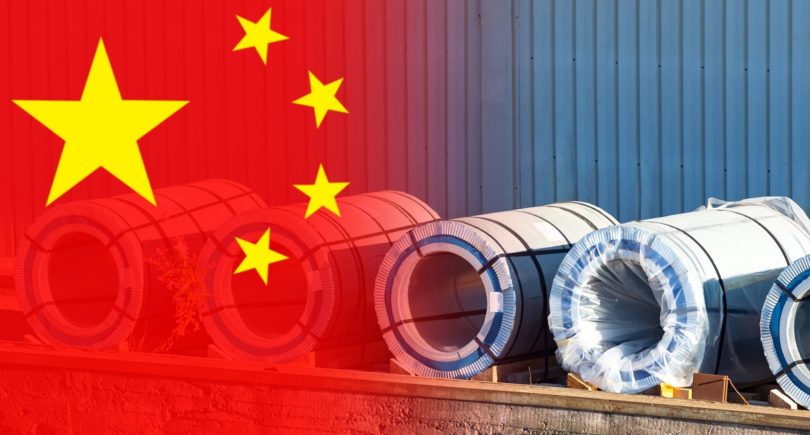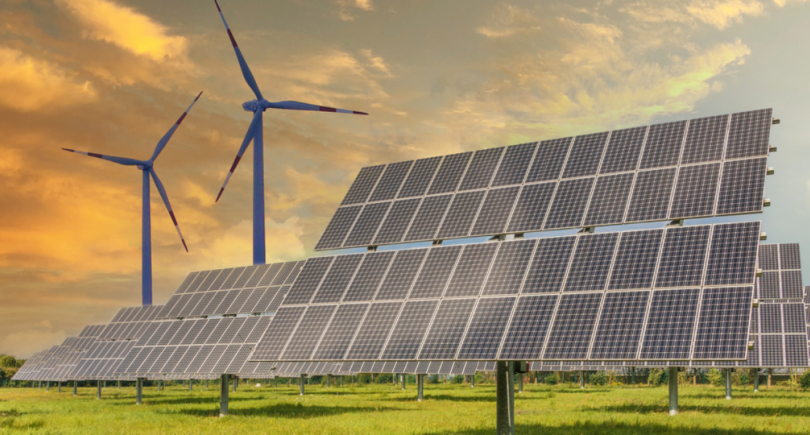
News Global Market Australia 2694 23 April 2024
In March, China led the decline in quotations
The seaborne coking coal market entered the second quarter of this year with signals of a decline in prices. This heightens fears that prices for premium products may fall below the lows reached in 2023, according to S&P Global.
At the same time, market participants view the recent rebound in mid-April as temporary amid fluctuations in futures.
The supply of premium coal from Queensland is expected to improve in the second quarter as this production center emerges from the rainy season. In addition, major mining companies are expected to close their fiscal year ending in June this year. In February, Australia has already shown a significant increase in coking coal exports, increasing foreign supplies by 15% m/m and 58% y/y – to 15.71 million tons. This happened against the backdrop of weak demand,
The oversupply was compounded by a sharp increase in spot cargoes offered by a major Australian coal producer, which rarely enters the market on such terms. According to sources, in March, this company shipped several shipments of coking coal on Panamax vessels.
Against this backdrop, the fall in coking coal prices intensified by the end of the first quarter. As of March 28, according to Platts, Australian raw material quotations (FOB Australia) decreased by $79.25/t, or 24% q/q and 19% y/y, to $244.50/t. Prices for Chinese coal (CFR China) fell by 23% quarter-on-quarter and 18% year-on-year, by $75/t to $257/t.
S&P Global analysts have lowered their forecast for Australian coking coal prices to $283/t in 2024, down from the previous forecast of $289/t. They do not expect prices to rise above $300/t again this year due to weak steel market conditions.
In March, the key market of China led the way in falling prices for seaborne coal, and domestic prices for this raw material also declined. Despite some optimism on the futures market in mid-April, low demand from steel mills is likely to persist in the absence of significant government stimulus policies. This could lead to a reduction in Chinese imports of marine materials by the end of 2024. However, some sources still hope that domestic prices will find support in the second quarter of this year.
In India, demand for coking coal on the spot market looked weak in the first quarter amid high FOB prices. End users were looking for alternative sources, and some bought metallurgical coke instead, as a series of price cuts in the Chinese market for this product affected international quotations.
Indian steel mills usually replenish stocks ahead of the rainy season, which begins in June. However, this year’s seasonal price support is considered moderate, as the country is scheduled to hold general elections in April-June.
The government cannot announce any new infrastructure and construction projects until the election process is over. However, after that, demand for coking coal is likely to be supported, especially after the country’s full budget is announced in July. In recent years, the government has increased budgetary allocations for infrastructure, and consumption of steel and raw materials is likely to increase on this backdrop.
The Australian government forecasts an average coking coal price of $277/t in 2024 (down from $298/t in 2023) and a decline by 2029 – to $185/t.



